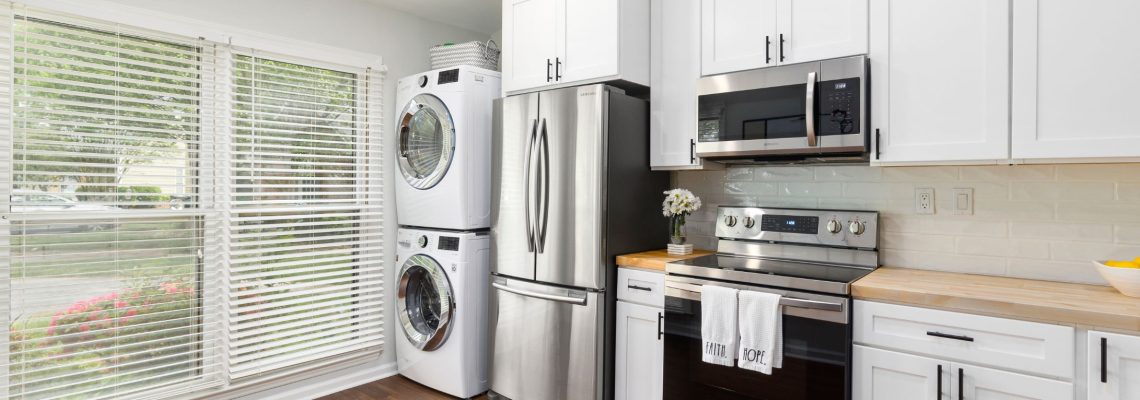In the realm of household appliances, whitegoods stand as the unsung heroes of everyday life. From refrigerators keeping our groceries fresh to washing machines tackling heaps of laundry, these appliances are the backbone of modern convenience. However, with convenience comes the inevitability of wear and tear. As consumers, we often find ourselves at the crossroads: repair or replace?
Australia’s climate and usage patterns pose unique challenges to the longevity of whitegoods. Extreme temperatures, especially in regions like the Outback or tropical Queensland, can accelerate wear on appliances. Additionally, the country’s vast geography means that service centres might not always be readily accessible, leading to prolonged downtimes during repairs. Hence, understanding when to repair and when to replace becomes a strategic endeavour for Australian homeowners.
Firstly, let’s address repairs. When faced with a malfunctioning appliance, the knee-jerk reaction might be to rush into a replacement. However, in many cases, a well-executed repair can breathe new life into your whitegoods. It’s crucial to assess the nature and extent of the issue. Minor problems like a faulty seal on a refrigerator or a clogged filter in a dishwasher are easily fixable and shouldn’t warrant a replacement.
Moreover, the cost of repairs plays a significant role. Opting for repairs can often be more economical than purchasing a brand-new appliance. However, it’s essential to consider the age of the appliance and the likelihood of future breakdowns. As a general rule, if the cost of repairs exceeds 50% of the appliance’s value or if the appliance is nearing the end of its expected lifespan, it might be more prudent to invest in a new one.
Yet, longevity shouldn’t solely depend on repairs. Maintenance practices significantly influence the lifespan of whitegoods. Regular cleaning, proper usage, and timely servicing can extend the longevity of appliances.
Whitegoods, like all mechanical devices, have a finite lifespan. Replacing older appliances with newer, more energy-efficient models can result in long-term cost savings. Energy-efficient appliances consume less power and often come with warranties that provide peace of mind for years to come.
Furthermore, technological advancements have made modern appliances more feature-rich and durable than their predecessors. From smart refrigerators with temperature control apps to washing machines with self-cleaning cycles, newer models offer added convenience and reliability.
In conclusion, the longevity of whitegoods in Australia hinges on a delicate balance between repairs, maintenance, and replacement. While repairs can often prolong the lifespan of appliances, it’s essential to weigh the costs and consider the appliance’s age and condition. Additionally, investing in energy-efficient models can lead to long-term savings and reduced environmental impact. Ultimately, by making informed decisions, Australian homeowners can ensure that their whitegoods continue to serve them faithfully for years to come.


